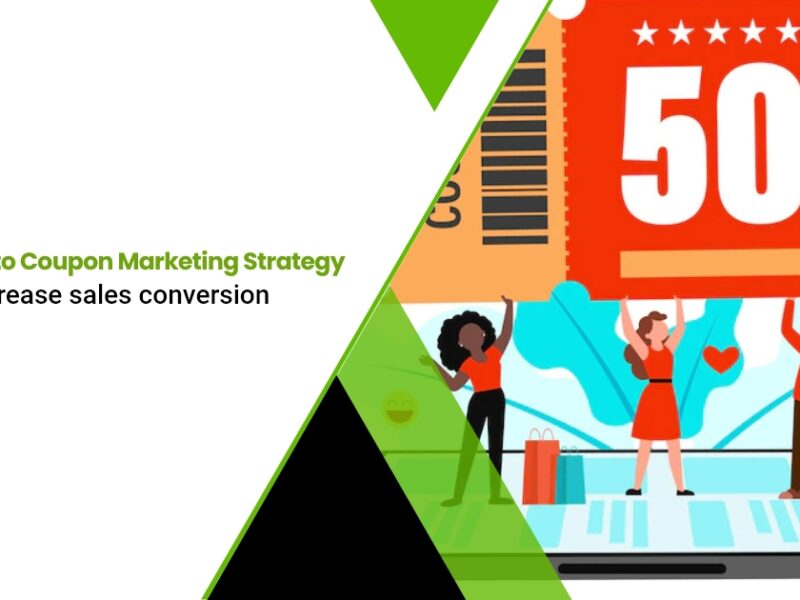Building a personal brand is a very important step for freelancers, as it not only allows you to stand out, but also generate a good revenue, every single time.
Taking the time out to build a strong brand name is a lot of work, but with the right direction and strategy, anything is possible. Creating a brand from scratch can involve multiple aspects of design and this is what will help you distinguish yourself from others.
Building a framework for your brand is the first step towards establishing your personal name. Along with taking on the following steps, your brand will definitely be as unique as you are.
1. Find Your Niche
When you create a brand for the first time, you have to ask yourself one question – what is your niche?
This will help your target audience and future prospects to understand your brand better and be able to see how much thought you have put into it.
Along with this, you can find your design language as well. Finding the right brand colours and tonality is very important. Making sure that the brand language stays the same throughout is very important. Depending on the industry your target audience is in, your style can complement that industry very well. Adhering to different client’s needs also shows diversity and the range of your skills. You can do one more thing by analyzing the SEO strategies of competitors to improve your own personal brand’s SEO.
2. Creating a Mission Statement
As you create the brand, ask yourself why you are doing this and how you can be different from all the other freelancers. Asking yourself why people need to hire you, is an important question to answer.
This proposition will help you stand out and make sure your brand appeals to your demographic. Once you realise that your goal meets your personal interest, you have the voice for your brand. Let your niche remain yours.
3. Colour Psychology
When selecting the colors for your brand, you have to make sure that these shades will be reciprocal to the industry and your audience.
Since various colours help customers or clients to emote unconsciously, it is vital that you do the right amount of research that involves the psychological explanations behind each colour.
For example, the colour blue or green is associated with the medical industry because they are calming and comforting colours.
Like this, each industry will have a hue that can match perfectly with your personal brand’s image.
4. Try Not To Be Generic
When you are basic at designing, going for the generic templates and elements is not the most ideal way to go.
Most people in the creative field use an application called Canva, which is being used everywhere. As a working professional, this is definitely an easy route. But remember, don’t use the template as a whole, but as a reference or a base of your design. Industry professionals are usually up to date with the design language and it is quite easy to spot a Canva template from anywhere. Hence, use a template that works with your brand and one that is original and unique.
5. Label Yourself
After the research and planning is done, it is time to excite the final plan where your brand becomes a physically tangible one.
Create a strong social presence along with the miscellaneous items such as business cards, price sheets and labelling. Artificial Intelligence in E-commerce can be used to personalize your brand for better shopping experience. This way, as soon as someone sees the name or colour wave, they will immediately connect it to your personal brand.
Social media handles will get the right traction with regularly scheduled posts that convey the message and the brand language perfectly.
For example, if you are a graphic designer, your socials will hold all your best work, making your portfolio just a click away. This way, the people you reach also get larger and boundless.
6. Go Big or Go Home
Brand building is all about doing the maximum you can to create and advertise.
One of the best platforms to build your reputation as a freelancer would definitely be LinkedIn. Use this platform to your advantage as most people from any industry use LinkedIn as a major social platform for networking and work.
You can also accompany your social presence with a website as well. Building a personal domain will always give you more credibility as a Freelance developer and show that you are a serious professional. You can also add your contact details such as email id on your landing page so prospects can engage with you directly.
These steps will definitely assist you when building a brand, but it also takes a lot of patience and prioritising. Freelancing is something that will generate a huge outcome when done right, and also allows you to have more time for your passions and interests.
Build your strong identity and let your personal brand stand strong in any freelancing industry. This way, you can grow, not only on a professional level but also on a personal level too.
Author’s Bio:
Shresth Shrivastav is the Founder and CEO of BeGig, a new-age tech startup striving to bridge the talent gaps faced by modern enterprises and connecting them with reliable tech freelancers at competitive costs.



